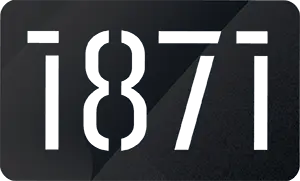
In August of 2019, the Federal Communications Commission (FCC) passed two new federal laws – Kari’s Law and the Ray Baum’s Act. In our two-part guide to these recent laws and their impact on multi-line telephone systems (MLTS), we’ll look at the following:
- Definition of Kari’s Law
- Story behind Kari’s Law
- Goal and Meaning of Kari’s Law
- Implementation impacts on MLTS
In today’s Part 1, we’ll be examining Kari’s Law. In Part 2, we will examine the RAY BAUM’s Act.
What Is Kari’s Law? Explanation And Definition From The FCC
At its core, Kari’s Law puts a Federal mandate on an assumption many individuals may have already had: no matter where you are, dialing 9-1-1 will connect you to the emergency number.
In facilities using multi-line telephone systems – such as motels and most businesses – callers have to enter a prefix or access code, typically ‘9’, before entering in an outbound call. In the heartbreaking tragedy that led to the resolution, a child who had learned about calling 911 for help in school was unable to do so in an emergency due to this requisite.
From the FCC notification:
“Kari’s Law requires direct 911 dialing and notification capabilities in multi-line telephone systems (MLTS), which are typically found in enterprises such as office buildings, campuses, and hotels.
Under the statute and the Commission’s rules, MLTS manufacturers and vendors must pre-configure these systems to support direct dialing of 911—that is, to enable the user to dial 911 without having to dial any prefix or access code, such as the number 9.” (emphasis added)
Kari’s Law Requirements:
- All MLTS phone systems must allow callers to reach 911 with no prefix required. (911 not 9-911 or 8-911).
- A Notification of the emergency call must be made to another location or party with the fact that a 911 call has been made, a valid callback number, and the caller’s location as conveyed to the Public Safety Answering Point (PSAP / 911 Center).
While older systems are exempt from the law, it is unclear how system updates impact the reach of the law on updated systems…
To read the full article, click here!





